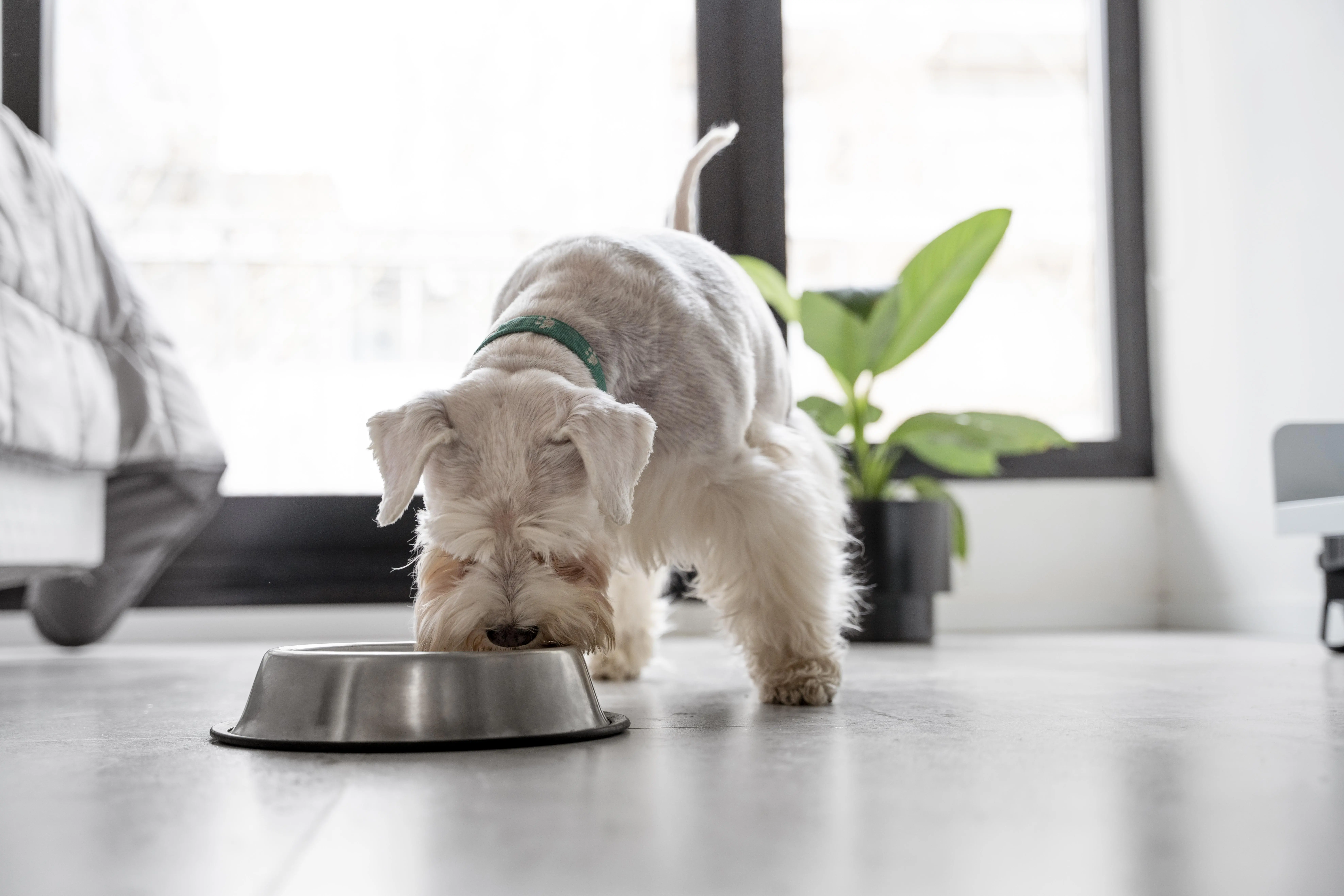Lundi - Vendredi : 9:00 - 19:00
Dogs are of various shapes and sizes, with adult weights ranging from less than 1 to over 100 kilograms. Therefore, before delving into breed-specific details in other articles, we can consider the general differences in a dog's size. Nutritional needs indeed vary at all stages of life. In addition, different living conditions significantly influence dietary needs, and not all dogs grow at the same speed. As adults, they have different activity levels; some are sterilised, while others may reproduce. Additionally, maturity and ageing don't progress at the same speed or in the same way for every dog.

When we consider the growth patterns of different breeds and take extreme examples, a Chihuahua will rapidly reach its adult size. When a Chihuahua is weaned at around two months old, they will already be more than halfway to their adult body weight and reach full height at about five months old. A Great Dane will grow over a more extended period. They will only be about a quarter of their adult body weight when weaning and won't reach full height until around twelve months old. And they will continue to mature for several more months after that. It's then essential to tailor the growth nutritional support for each dog based on their size and age.
Some dog breeds have lower caloric needs - up to 20% less than other breeds of the same size. For example, Retrievers or Nordic dogs like Newfoundland and Siberian Husky are well-adapted to cold environments and use energy efficiently. However, this efficient energy use can make them more prone to overweight and obesity #54. Conversely, mini-breed dogs need approximately twice as many calories per kilogram of weight as large dogs. Even though the stomach volume is similar across different dogs (reported for 1 kg of dog), the calorie content of their food has to be adjusted based on breed size.
Given the wide range of coat types among dog breeds, up to 30% of the protein intake may be necessary to ensure that a dog with long and dense fur sheds optimally. Therefore, it is essential to customise a dog's diet and protein allowance according to its size and coat type.
The amount of food needed also depends on your dog's appetite. If your dog has a big appetite, we can reduce the nutrient concentration to ensure a satisfying bowl volume (e.g., light food).
If your dog eats less, the portion size should be smaller, making the food more nutrient-rich to meet their needs.
So, how do you know if the food suits your dog? Being pragmatic and for a healthy dog, here are some points to check:
If everything is validated, the food is suitable for him. If this is not the case for one or more suggestions, you must change your diet. In this case, a personalised ration, tailor-made, industrial, homemade, or a mixture of the two can be formulated during the specialised nutrition consultation #60 to best adapt to your animal's needs.
Le principal objectif de l’équipe est de vous recevoir dans les meilleures conditions. Le cabinet vétérinaire est entièrement équipé : laboratoire d’analyses, échographie et d’un bloc chirurgical avec monitoring et anesthésie gazeuse et d’un espace dédié à l’hospitalisation de jour.
Toute l’équipe vétérinaire de Madeleine Vet a à cœur de pouvoir soigner et soulager les douleurs de vos fidèles compagnons. L'ensemble du personnel s’engage dans un devoir d’information et de transparence des actes et porte la volonté de toujours soigner avec humanité.
Une question ? Besoin d'un renseignement ?

©2023 Madeleine Vet, Tous droits réservés. Site réalisé avec amour par Boca
C.G.F - Mentions légales - Politique de confidentialité - Plan du site - Modifier vos préférences en matière de cookies